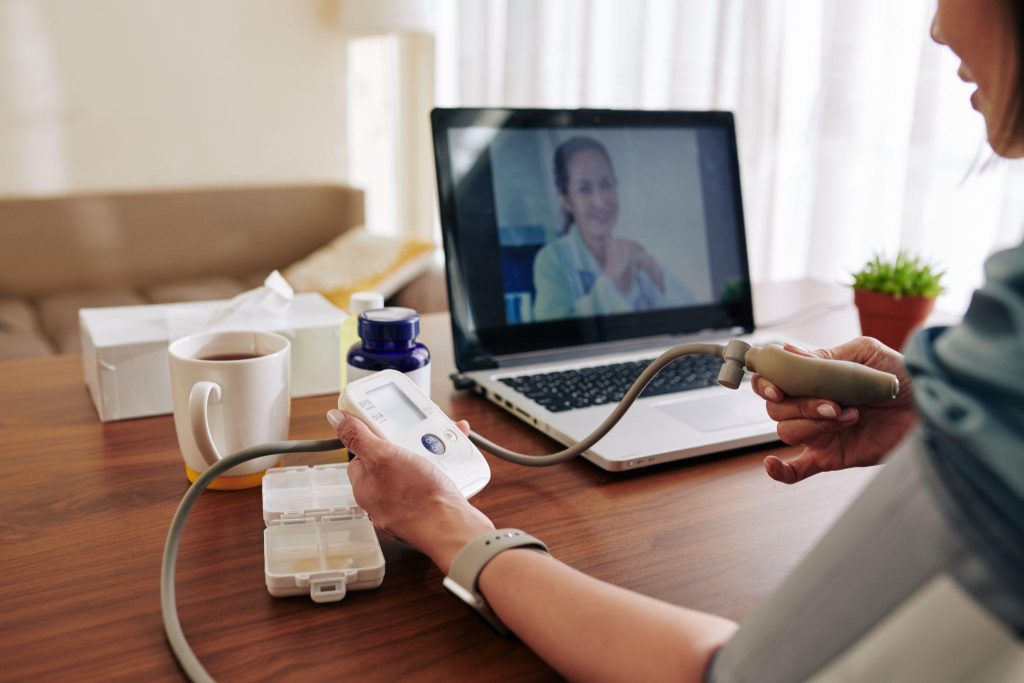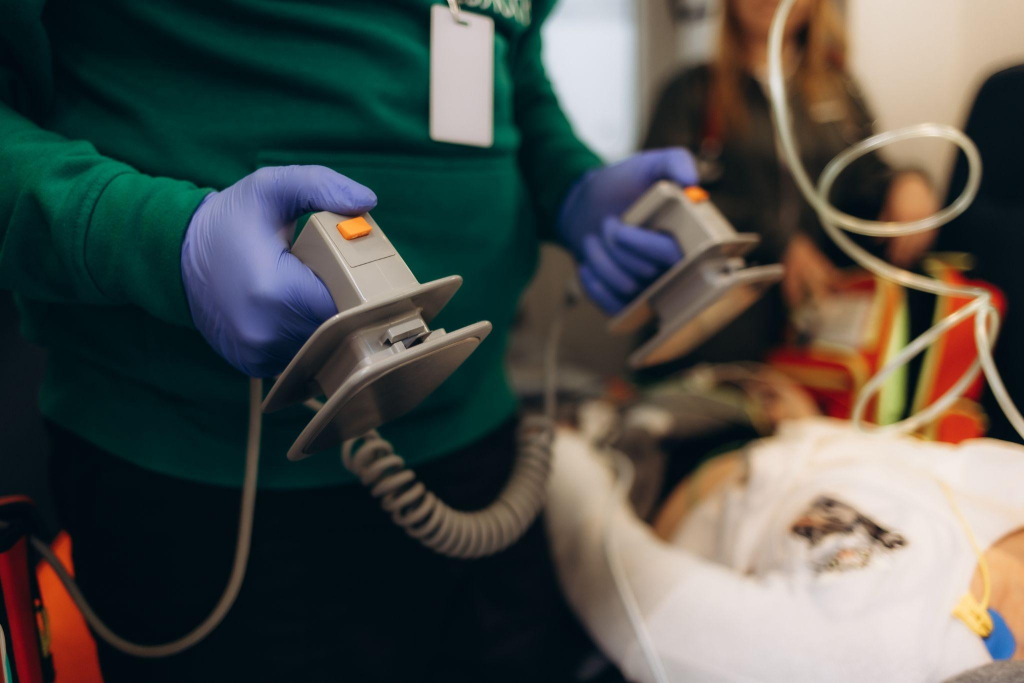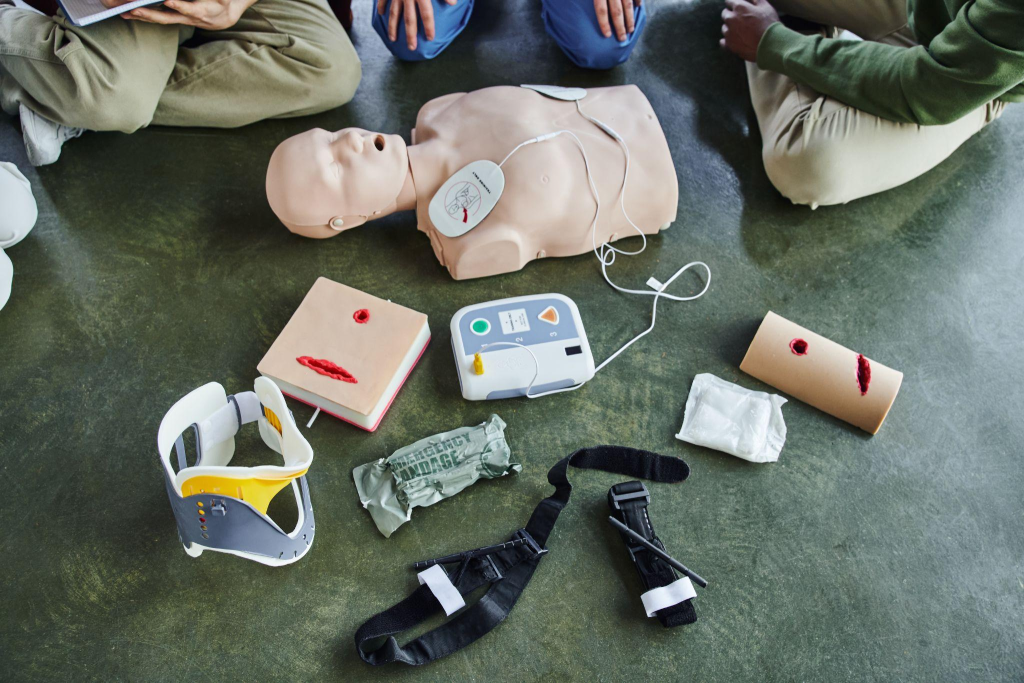The Benefits of BLS and ACLS Certification for Physical Therapy Practice Staff
In a physical therapy practice, the primary focus is often on helping patients recover from injuries, manage chronic conditions, or regain mobility. While the clinical expertise in physical therapy is paramount, ensuring the safety and well-being of patients during treatment is equally crucial. Basic Life Support (BLS) and Advanced Cardiovascular Life Support (ACLS) certifications provide essential skills that can enhance the quality of care and safety in these settings. Here’s why obtaining BLS and ACLS certifications is beneficial for physical therapy staff.
1. Enhanced Patient Safety
Physical therapy often involves patients with pre-existing health conditions, including cardiovascular, neurological, and respiratory issues. BLS and ACLS certification equip staff with the ability to recognize and respond to life-threatening emergencies such as cardiac arrest, choking, or respiratory distress.
- BLS skills include CPR, use of an automated external defibrillator (AED), and airway management, all critical in the first moments of a medical emergency.
- ACLS skills provide an advanced understanding of managing conditions like arrhythmias, bradycardia, and stroke using advanced airway techniques, medications, and team-based interventions.
By having certified staff, practices can offer immediate and potentially life-saving interventions while awaiting emergency medical services.
2. Compliance with Industry Standards
Though not always required by law, many states and professional organizations strongly recommend or mandate that healthcare providers maintain BLS or ACLS certification. Having staff certified in these areas ensures compliance with regulatory standards, which can protect the practice from liability issues. Additionally, being certified can align with best practices for patient care as outlined by organizations such as the American Heart Association (AHA).
3. Increased Patient Trust and Confidence
Patients and their families are more likely to trust a practice that demonstrates a commitment to safety and preparedness. Displaying certifications in the clinic or highlighting staff qualifications on your website can reassure patients that they are in capable hands. This trust can foster stronger relationships and enhance the practice’s reputation within the community.
4. Team Preparedness and Cohesion
Emergencies require rapid, coordinated action. Certification programs like BLS and ACLS emphasize teamwork and communication during crisis situations. When all staff members share a common understanding of protocols and procedures, they can respond more effectively as a unit, minimizing confusion and maximizing patient outcomes.
5. Professional Development and Employee Morale
Providing opportunities for certification can enhance staff satisfaction and morale. Employees who are encouraged to pursue additional training feel valued and supported in their professional growth. Moreover, BLS and ACLS certifications add to their credentials, making them more versatile and skilled healthcare providers.
6. Preparation for High-Risk Scenarios
While physical therapy practices are typically low-risk environments, emergencies can occur without warning. Patients with cardiovascular issues may experience complications during or after therapy, and staff must be prepared. Certified employees are better equipped to handle high-stakes scenarios confidently, preventing potentially fatal delays in care.
7. Improved Practice Marketing and Competitiveness
In a competitive healthcare landscape, practices that prioritize staff training and patient safety stand out. Marketing your team’s BLS and ACLS certifications can position your practice as a leader in safety and care. Potential patients will likely choose a practice that goes above and beyond to ensure their well-being.
Conclusion
BLS and ACLS certifications are invaluable for the staff of physical therapy practices. They enhance patient safety, ensure regulatory compliance, build trust, foster teamwork, and prepare staff for unexpected emergencies. By investing in these certifications, physical therapy practices can elevate their standards of care, protect their patients, and strengthen their overall reputation. While physical therapy focuses on improving mobility and function, the commitment to safeguarding life underscores the profession’s holistic dedication to health and recovery.













